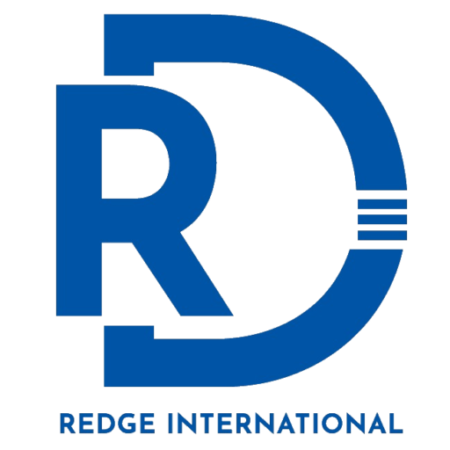World university rankings are published annually by various organizations around the globe to provide a ranking system of the top universities worldwide. These rankings are based on different parameters, such as research output, teaching quality, international outlook, academic reputation, and citations.
The most famous rankings are the Times Higher Education (THE) World University Rankings, QS World University Rankings, and Academic Ranking of World Universities (ARWU) published by Shanghai Ranking Consultancy.
Methodology of World University Rankings:
The methodology used to rank universities varies by organization. The THE and QS rankings consider several factors, such as teaching, research, knowledge transfer, and international outlook. The ARWU ranking, on the other hand, focuses primarily on research output and citation impact. Each organization uses different criteria to evaluate universities and assigns different weights to each parameter.
THE World University Rankings
The Times Higher Education World University Rankings evaluates universities based on 13 indicators that measure performance across teaching, research, knowledge transfer, and international outlook. These indicators include:
- Teaching: The learning environment (worth 30% of the overall score)
- Research: Volume, income, and reputation (worth 30% of the overall score)
- Citations: Research influence (worth 30% of the overall score)
- Industry income: Innovation (worth 2.5% of the overall score)
- International outlook: Staff, students, and research (worth 7.5% of the overall score)
QS World University Rankings
The QS World University Rankings evaluate universities based on six indicators that measure performance across teaching, research, knowledge transfer, and international outlook. These indicators include:
- Academic reputation (worth 40% of the overall score)
- Employer reputation (worth 10% of the overall score)
- Faculty/student ratio (worth 20% of the overall score)
- Citations per faculty (worth 20% of the overall score)
- International faculty ratio (worth 5% of the overall score)
- International student ratio (worth 5% of the overall score)
ARWU Ranking
The Academic Ranking of World Universities (ARWU) focuses primarily on research output and citation impact. The ranking is based on six indicators, including:
- Quality of education (worth 10% of the overall score)
- Quality of faculty (worth 40% of the overall score)
- Research output (worth 40% of the overall score)
- Per capita performance (worth 10% of the overall score)
Benefits of World University Rankings:
The world university rankings provide students, faculty, and institutions with valuable insights into the performance of universities around the globe. These rankings can help students in choosing the right university for their education, and universities can use these rankings to improve their performance in different areas. Rankings also encourage universities to focus on areas that need improvement, such as research output or international outlook. Additionally, rankings can help universities attract funding, partnerships, and collaborations.
Criticism of World University Rankings:
Critics argue that the world university rankings rely too heavily on research output and citation impact and do not consider factors such as student satisfaction, teaching quality, and community engagement. Some also suggest that the ranking system perpetuates a competitive and elitist environment that undermines the values of education.
Conclusion:
World university rankings provide a useful benchmark for students, faculty, and institutions to evaluate the performance of universities. However, they are not perfect, and their methodology and criteria are subject to debate. It is essential to understand the ranking system’s limitations and consider multiple factors when choosing a university or evaluating an institution’s performance.




